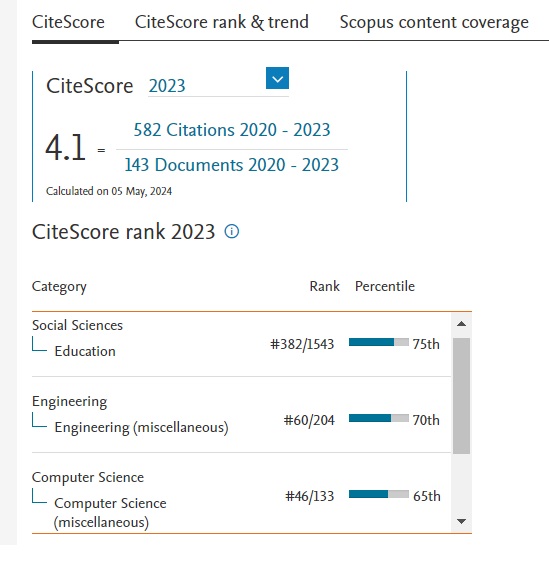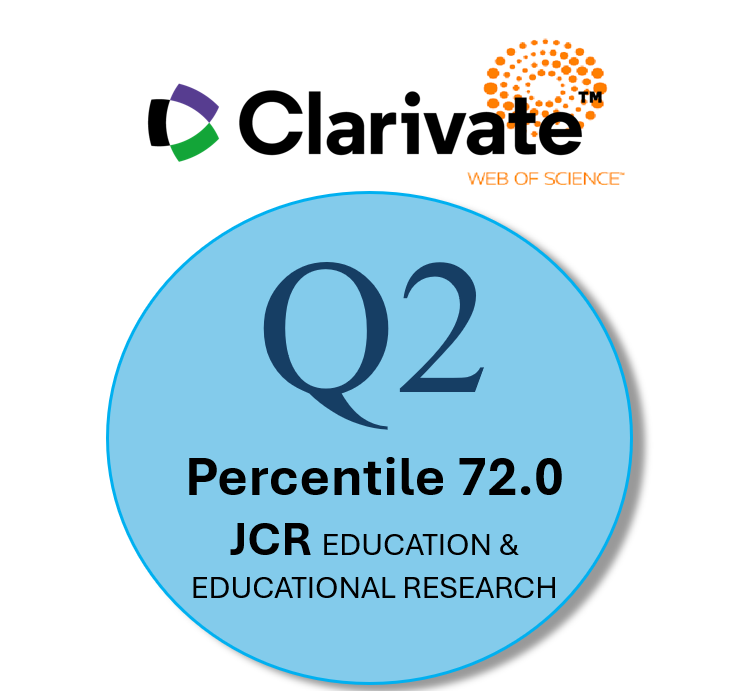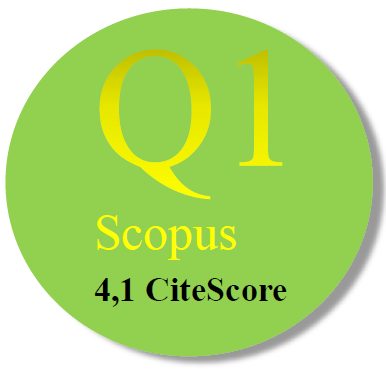Typologies for Technological Innovation in Teachers of Higher Education based on an analysis of conglomerates: an exploratory study
Abstract
The article analyses the visions that teachers have regarding ICT, and the formative process through which they move to the incorporation of ICT in their professional practice. Specifically, it seeks to "investigate whether there are different typologies of teachers regarding the use of ICTs", and for this purpose a research is carried out with 398 teachers from all the careers and headquarters of the Institution of Higher Education of Chile (INACAP). For the research, an instrument for collecting information, based on the ECAR Study of Undergraduate Students and Technology and the "perceived utility" and "ease of use" dimensions of the Technological Acceptance Model (TAM), was constructed. The reliability index was obtained by Cronbach's alpha coefficient and reached a value of 0.927. The statistical analysis used was the multivariate clusters. The result of the study allows different contributions, at conceptual, pragmatic and institutional level, as it allows to shape, the decision making both for the acquisition of technologies and for establishing training plans. As regards teacher typology in relation to ICT, four groups were found, two with strong (most early - 63%) and medium presence (early adaptation - 30%), and two with a weak presence lagging - 4% and innovative - 3%). The results also support the findings found by different studies.Downloads
-
Abstract1404
-
PDF (Español (España))724
Las obras que se publican en esta revista están sujetas a los siguientes términos:
1. El Servicio de Publicaciones de la Universidad de Murcia (la editorial) conserva los derechos patrimoniales (copyright) de las obras publicadas, y favorece y permite la reutilización de las mismas bajo la licencia de uso indicada en el punto 2.
2. Las obras se publican en la edición electrónica de la revista bajo una licencia Creative Commons Reconocimiento-NoComercial-SinObraDerivada 3.0 España (texto legal). Se pueden copiar, usar, difundir, transmitir y exponer públicamente, siempre que: i) se cite la autoría y la fuente original de su publicación (revista, editorial y URL de la obra); ii) no se usen para fines comerciales; iii) se mencione la existencia y especificaciones de esta licencia de uso.
3. Condiciones de auto-archivo. Se permite y se anima a los autores a difundir electrónicamente las versiones pre-print (versión antes de ser evaluada) y/o post-print (versión evaluada y aceptada para su publicación) de sus obras antes de su publicación, ya que favorece su circulación y difusión más temprana y con ello un posible aumento en su citación y alcance entre la comunidad académica. Color RoMEO: verde.













